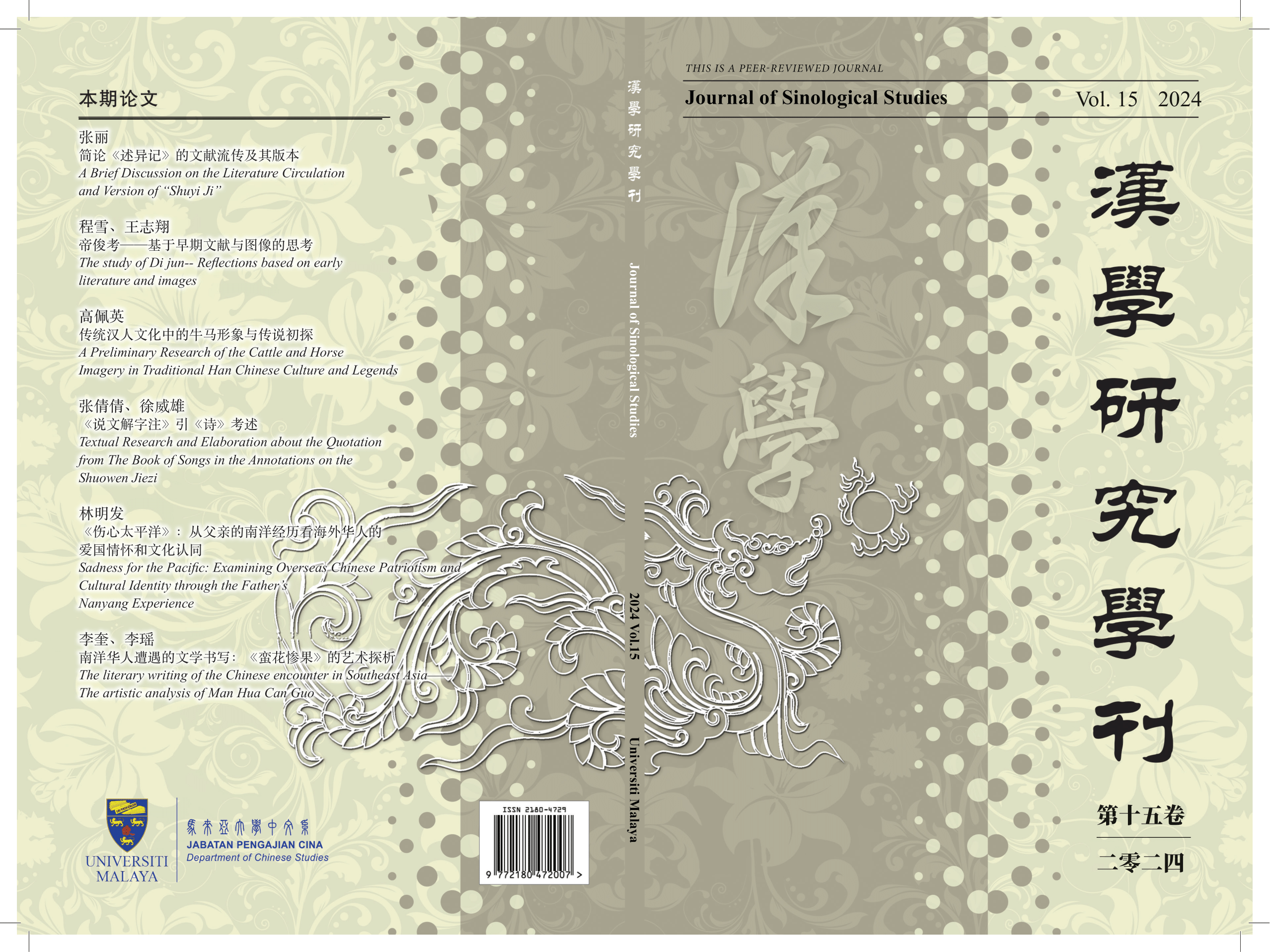传统汉人文化中的牛马形象与传说初探
A Preliminary Research of the Cattle and Horse Imagery in Traditional Han Chinese Culture and Legends
Abstract
牛和马是传统汉人社会中除了犬之外,对于人类帮助最多的动物。牛在农事上的帮助,让人们生活安定,社会能稳定发展;而马则是最重要的运输兽力来源,除了协助人类运送物资外,更是保家卫国的战争中最重要的动物。此外,受到传统社会“吃米拜田头,吃果子拜树头”道德观的影响,为了感谢牛马对于人类的付出,牛老了,人们会为其寻找安置地点,称之为老牛之家;牛走了,人们也会将牛埋藏,形成“牛冢”,对待家牛就像对待家人一样的爱护;另外也有设立马神庙来感谢马神的传说。故本文透过探讨传统汉人文化中牛、马相关的传说记载来呈现汉人社会中的牛马动物形象与民俗文化。
Cattle and horses are animals that have provided the most assistance to humans in traditional Han Chinese society, aside from dogs. The help of cattle in agricultural work has ensured stable livelihoods and contributed to the steady development of society. Horses, on the other hand, have been the most important source of transportation and military power. They have assisted humans not only in transporting goods but also played a crucial role in defending the country during times of war. In addition, influenced by the traditional moral concept of "respecting the land when eating rice and respecting trees when eating fruits," people showed gratitude to cattle and horses for their contributions. When cattle grow old, people find a place for them to live out their days, known as the "home for old cattle." When cattle pass away, people bury them and create " cattle graves." Caring for domesticated cattle is akin to caring for family members. Furthermore, there are legends of establishing temples dedicated to horse deities to express gratitude to them. Therefore, this article presents the images of cattle and horses in Han Chinese society and the associated folk culture through exploring recorded legends and stories related to them in traditional Han Chinese culture.
Downloads


